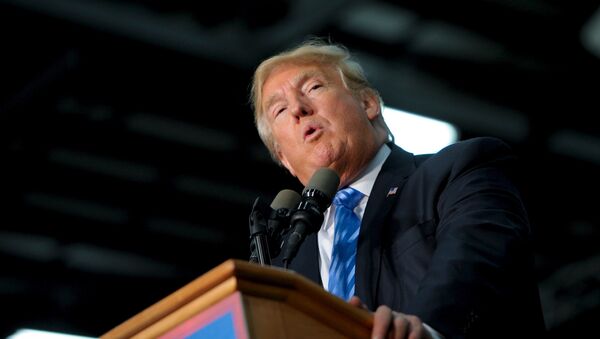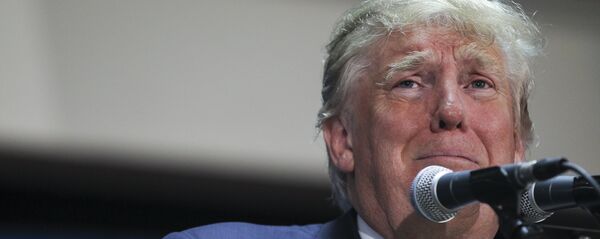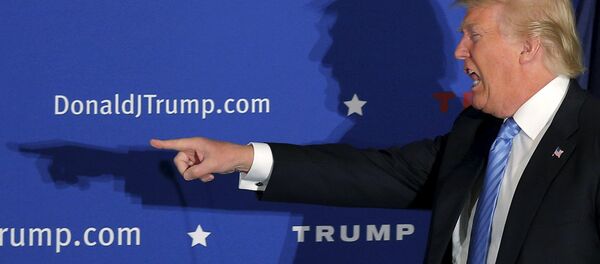Kristian Rouz – Republican presidential nominee Donald Trump spoke before the Economic Club of New York, laying out his economic program in detail after having visited several key battleground states in the Rust Belt during the past several days.
However, the prescription he offered remained the same: a shift to supply-side economics, the renegotiation or termination of trade deals that he feels are hampering domestic investment and development, fiscal stimulus, and the normalization of monetary conditions.
“Now, cars are made in Mexico and you can’t drink the water in Flint (Michigan),” Trump said, citing a popular meme in his address to an audience of academics, businesspeople and thinkers. “Our plan will produce paychecks, and they’re going to be great paychecks for millions of people now unemployed,” he pledged.
However, between 2006 and 2010, the credit squeeze and housing crisis brought about a full-scale recession; the economy shed 2 mln jobs.
Moreover, during the past 25 years, the nation's infrastructure hasn't been a priority, as low-yielding infrastructural projects were bypassed in favor of other money-making opportunities.
“My economic plan rejects the cynicism that says our labor force will keep declining, that our jobs will keep leaving and that our economy can never grow as it did once before,” Trump remarked.
To ensure a boost in business activity, Trump proposed $4.4 trln in tax cuts, calculated as $2.6 trln “under a dynamic growth model, which is how taxes should be scored,” he noted. Subsequently, as the new individual income-tax brackets will be 12pc, 25pc, and 33pc – three instead of the current seven – and low-income workers (those who earn below $25,000/year) won't pay income taxes, the new fiscal stimulus would release a lot of hard-earned money into the domestic consumer market. People will have more money on hand to spend, as with consumption driving about 72 percent of the US GDP, a boost to growth won’t take long to reveal itself.
Trade agreements, Trump said, must help US growth, not hinder it. These can't be static, as the landscape of international trade is ever-changing, meaning a constant process of adjustment and renegotiation could be helpful.
The US regulatory framework, Trump said, should be “modern”, with less bureaucracy and corruption, and demand more responsibility from the actual participants in economic activity. His idea is to stop new federal regulations and thoroughly revise the contradictory bulk of the existing ones.
On energy, the GOP nominee discussed “unleashing an energy revolution”, with the US increasing the output. Keystone XL is likely to be granted approval under the Trump administration and shale oil might enjoy an influx of investment – currently the ultra-low Fed rates are draining investment from oil into the coffers of Wall Street.
“And boy, oh boy did [the economy] used to grow,” Trump remarked, with retrospective infatuation audible in his voice for just a moment. He went on to explain that while his team can ensure 3.5% growth a year – just above the all-time average – this is just a preliminary target, as that is, in Trump’s view, where the economic performance could be now.
“My great economists don’t want me to say this, but I think we can do better than that,” he said, hinting at 4% annualized growth, which would usher in an era of “new prosperity”.






